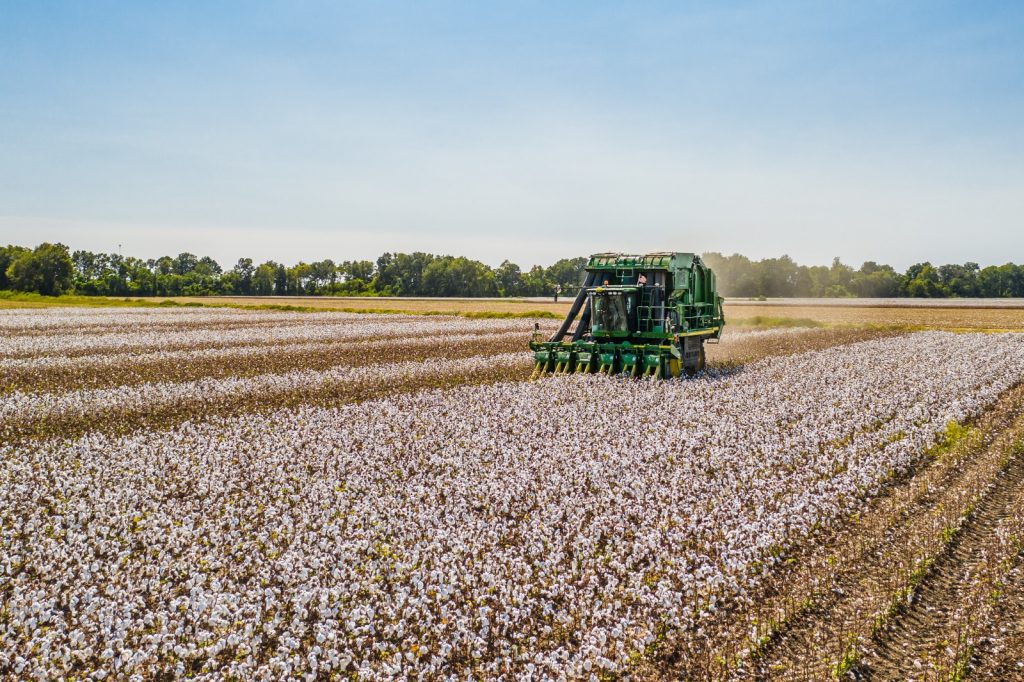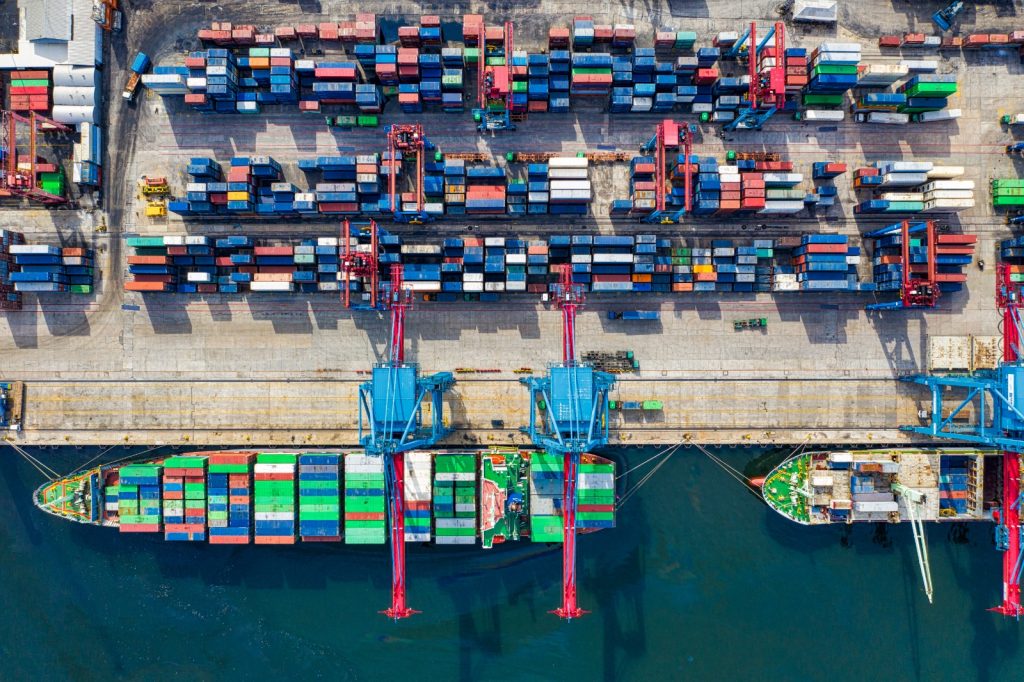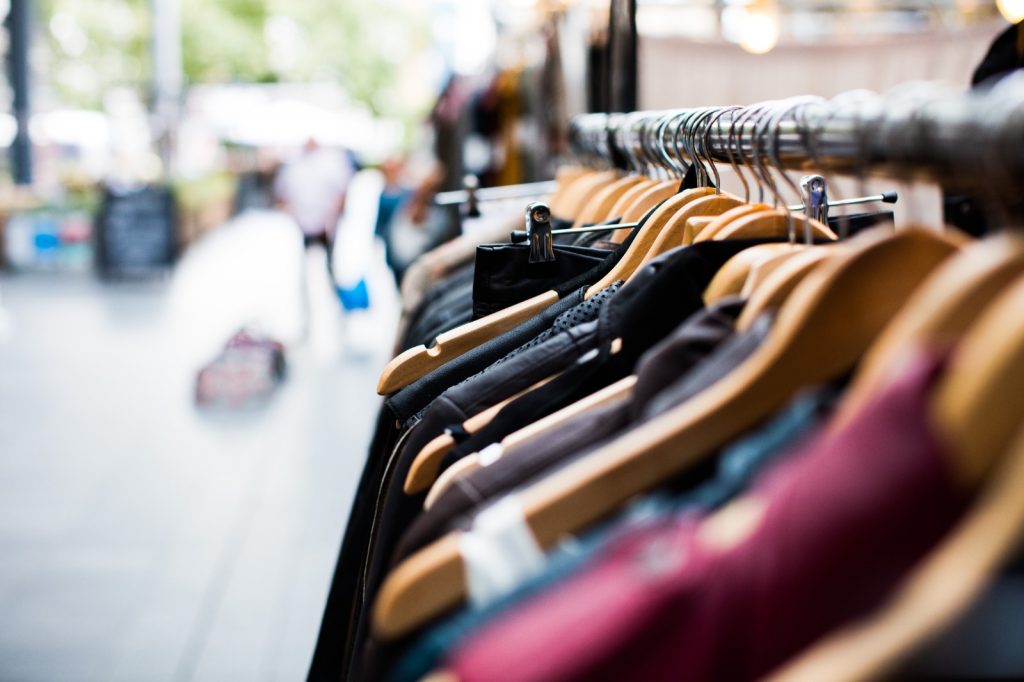Until now, the world of sustainable fashion has been fairly unregulated. It’s been easy to add a small amount of organic cotton into a polyester product and slap on a label that says it’s eco-friendly. Some brands have even been cheeky enough to do it! That’s part of the reason we created Finsu in the first place: to shine the light on brands that are actually working hard to make positive change.
But, how do you separate the good from the greenwashers? What makes a fashion brand sustainable, and how can you spot the difference? This is where traceability comes in, and it’s a vital component in eco-conscious clothing that can’t be ignored.

What is Traceability in Fashion?
In simple terms, traceability is the ability to know everything about a product’s supply chain. It’s every nook and cranny of its creation, from the raw materials to the creation of the dyes used to give it its colour.
But, this isn’t an easy job.
We all know the struggle of trying to untangle a particularly knotted pair of headphones. Now imagine that there are twenty other pairs also knotted together, and you’re trying to separate all of them. In the dark. And you only have one hand. That’s what trying to trace every single aspect of the supply chain is like.
This is partly because there are so many elements to a simple garment that need to be traced. A lot of brands focus only on the actual creation of the product – the knitting and sewing of the materials – known as first-tier processes. But they don’t look into where the threads have come from, how the dyes have been made, or where the timber that’s been used to create the wooden buttons is sourced.
Traceability vs Transparency
A lot of people confuse traceability with transparency, so if you’re not sure of the difference, you’re not the only one! Traceability refers to a brand knowing the ins and outs of its supply chain. Transparency is letting its audience know, too. Brands with ethical, sustainable supply chains are much more likely to be transparent than those with issues.
The fashion industry has a long way to go when it comes to transparency and traceability. In 2021, the Fashion Transparency Index found that just 47% of big brands publish a list of their first tier (direct) suppliers, with only 27% mentioning anything beyond the first tier.

Why is Traceability Essential in Sustainable Fashion?
Even though it’s tricky, traceability is vital for a brand to be truly sustainable. Without traceability, sustainability can’t exist in the fashion world.
A brand needs to know what’s going on at every level of its supply chain, in every far-flung corner of the world, to know that none of it is having a negative impact on the planet. If you didn’t know an aspect of a supply chain wasn’t aligning with your brand values, how would you ever change it?
Let’s look at a t-shirt as an example. A brand could be using organic cotton and creating the t-shirt in the UK to reduce shipping. But, they might know nothing else about their supply chain. The cotton is pink but they might not know the dye used, how the polluted water is disposed of, or the working conditions of the people dyeing the fabric. So should this t-shirt really be labelled as sustainable?
A Lack of Traceability is Fueling Greenwashing
As consumer demand for sustainable clothing increases, so too does greenwashing. There are countless high street brands out there that are boasting of their eco work, but who have very little information on their supply chain as a whole. This isn’t just an issue for the brand, but for the consumer.
If a brand isn’t releasing all of the information about where their clothing has come from, they can easily make it sound better than it is. They may be using natural materials, but is that a good thing if the land the materials are grown on is being felled and gutted with no regard for the environment? That’s a resounding “no”!

How Can You Find Honest and Sustainable Fashion Brands?
Fortunately, not every brand turns a blind eye to its supply chain. There are plenty of incredible sustainable fashion companies out there that are vigilant in working directly with suppliers at every stage of product sourcing.
For example, Bedstraw and Madder are traceability pros. They know exactly where their organic cotton is sourced, the farming techniques used to grow and harvest the cotton, and how the dyes that colour their sustainable underwear are created.
Love Hero are also leading the way in transparency and traceability. When you shop their collection you can find out about every product’s journey, starting with the production its raw materials.
Going this in-depth about how products are made is the future of eco-friendly fashion – it has to be. This is the benchmark, and we should all expect this sort of level of traceability from the brands we buy from.
Of course, it takes a lot of time to dive into the supply chains of brands. That’s where our team at Finsu come in.
Find Traceable Sustainable Fashion at Finsu
At Finsu, we’ve done the legwork so that you don’t have to. Our innovative tech-enabled impact assessment tool finds the very best sustainable brands and allows you to shop through all of them at once. An easy to use platform and smart filters help you find the eco-friendly clothes you’re looking for, without the hassle.
If you value knowing where your clothes are made, use our Transparency tag to filter through the options available. Once you’ve selected this, you’ll only see brands who disclose at least their direct suppliers and often work hard to trace their supply chain back further. Or, head over to our Brand Profiles to learn more about the best and brightest names in the world of sustainable fashion.
